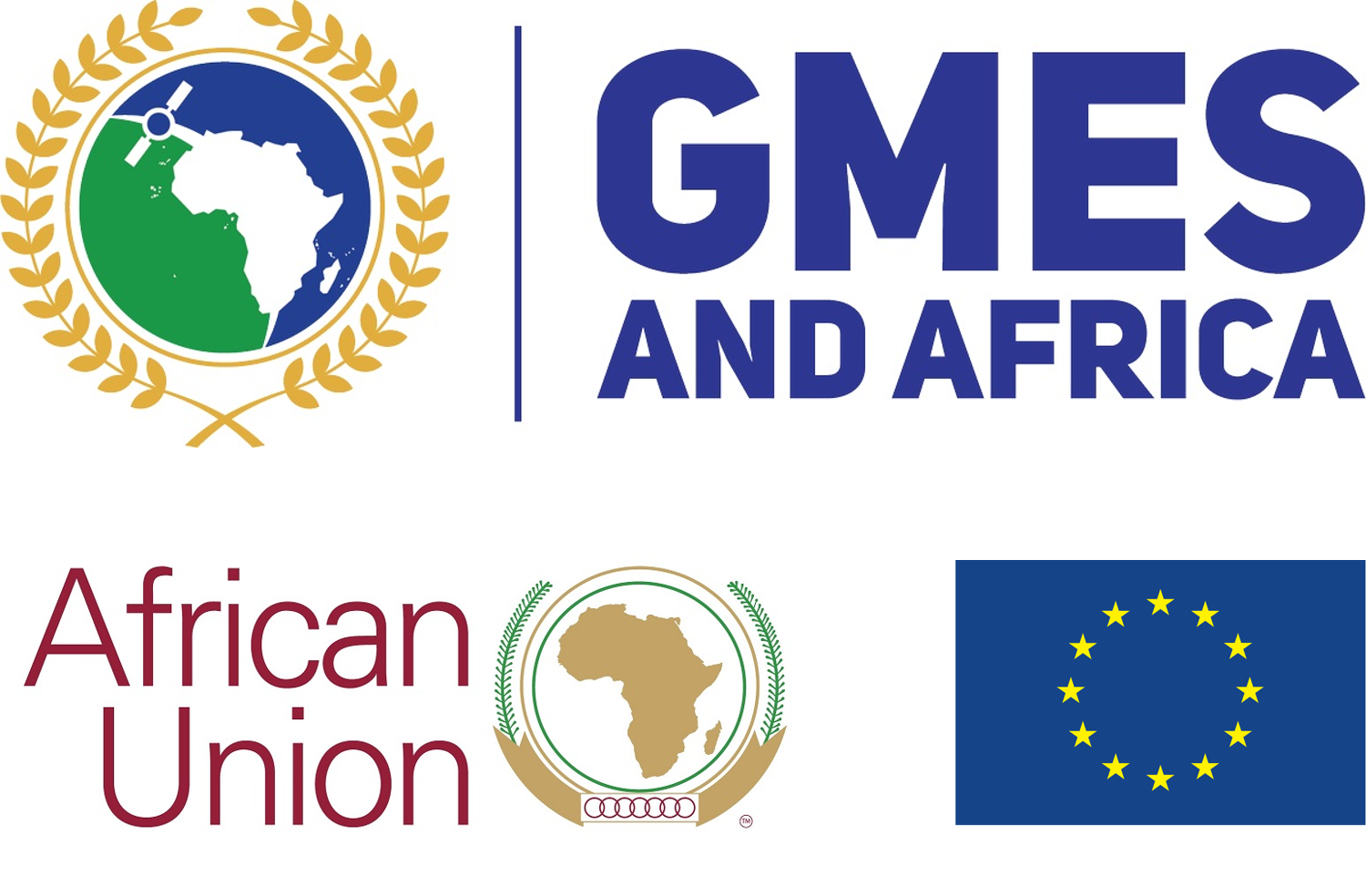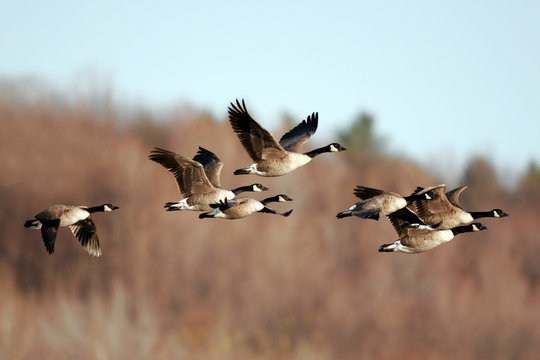Windhoek This World Migratory Bird Day, the focus is on how cities and communities can become more bird-friendly. With the theme “Shared Spaces: Creating Bird-Friendly Cities and Communities,” organizations like the Southern African Science Service Centre for Climate Change and Adaptive Land Management (SASSCAL) are proving that local action can have a global impact on bird conservation.
For years, the world’s migratory birds have faced mounting pressures, as their crucial habitats—wetlands—are increasingly encroached upon by urbanization, pollution, and the effects of climate change. Yet, amidst these challenges, Southern Africa is seeing a growing number of communities stepping up to protect these ecosystems, thanks to cutting-edge technology and collaborative efforts.
One of the driving forces behind these community efforts is the WeMAST project (Wetlands Monitoring and Assessment System Tools), a pioneering initiative funded by the African Union Commission and the European Union under the GMES and Africa Programme. This project, led by SASSCAL, is equipping local stakeholders across Southern Africa with the skills and tools to monitor, manage, and conserve wetlands, helping to safeguard the habitats critical to migratory birds.
Dr. Budzanani Tacheba, Interim Executive Director of SASSCAL, explains the project’s far-reaching impact. “Through the WeMAST project, we’re not just monitoring wetlands from afar. We’re bringing the power of Earth Observation (EO) data directly to the people on the ground who need it the most. By providing these communities with the tools and knowledge they need, we’re enabling them to take ownership of wetland conservation in their own backyards.”
A key feature of the project is the WeMAST geoportal, a web-based platform that allows users to track the health of wetlands in near-real time. The platform’s easy-to-use interface makes it accessible to conservation authorities, local governments, and community-based organizations, empowering them to make data-driven decisions about wetland management.
But SASSCAL’s commitment doesn’t stop with technology. The organization has organized a series of hands-on training sessions throughout the region, offering capacity-building workshops to a wide array of stakeholders—ranging from national park managers to local conservation groups. These workshops teach participants how to use satellite data for monitoring changes in wetlands, identifying potential threats, and making timely, informed decisions that benefit both local communities and migratory birds.
One such participant, Dorothy Nkosi, a conservation officer from a community-based organization in southern Zambia, credits the training with enhancing her ability to protect the wetlands in her region. “Before WeMAST, we struggled to keep track of changes in the wetlands,” she shares. “Now, with the geoportal, I can monitor wetlands remotely and alert local authorities to potential threats like pollution or illegal land use. It’s empowering our community to act fast when we need to.”
The success of WeMAST underscores the importance of integrating science and community involvement in conservation. Local people, who are often most familiar with the challenges facing their environments, are becoming key players in the protection of migratory birds and wetlands. By providing access to the right technology and knowledge, SASSCAL is helping to ensure that these communities have the resources they need to protect their ecosystems for future generations.
As Dr. Tacheba puts it, “We must view our cities and natural spaces as interconnected. Creating bird-friendly spaces requires a combination of smart urban planning, community engagement, and conservation practices. This year’s World Migratory Bird Day reminds us that the future of migratory birds—and the ecosystems they depend on—lies in the hands of local communities. Together, we can ensure that both birds and people thrive.”
As cities and communities across Southern Africa and beyond celebrate World Migratory Bird Day, the message is clear: collaboration, innovation, and education are the keys to building sustainable, bird-friendly cities where wildlife and people can coexist.




Leave a Reply